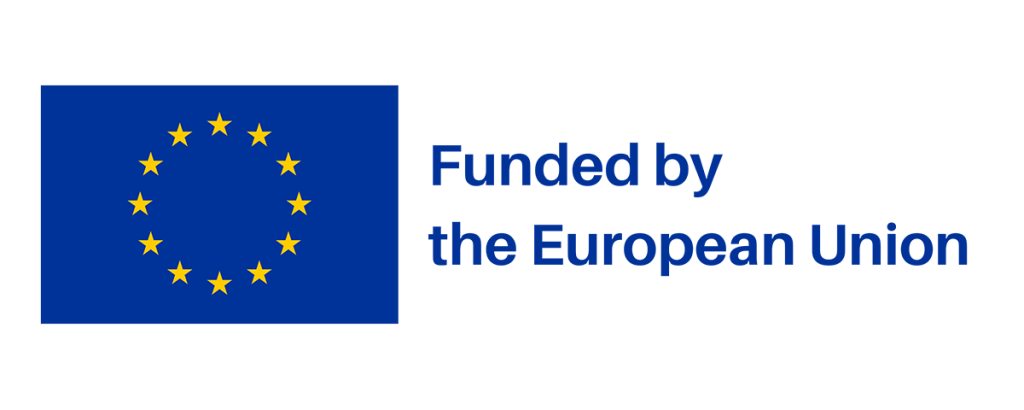Project Overview

The REFHYNE 2 project builds on the lessons learnt from REFHYNE, maintaining these projects at the forefront of the low carbon energy transition. This project’s second phase, encompassed by REFHYNE 2, is funded by the European Commission’s European Climate, Infrastructure and Environment Executive Agency (CINEA), whose mission is to support stakeholders in delivering the European Green Deal through high-quality programme management. It will expand Europe’s largest PEM electrolyser from 10MW to 100MW.
REFHYNE 2 will install a PEM electrolyser at the Shell Rheinland Energy and Chemicals Plant in Germany, using renewable power to produce green hydrogen and oxygen, which will be fed-in to the existing refinery networks to decarbonise refinery operations. The electrolyser will be based on a state of the art pre-engineered 10 MW electrolyser.

European Hydrogen Targets
The European Hydrogen Strategy sets out ambitious renewable hydrogen production targets, with 6GW of electrolyser capacity targeted as early as 2024, ramping up to 40GW of electrolyser capacity in Europe by 2030. These ambitious targets contrast with the current state of the electrolyser industry, for which the largest PEM electrolyser plants currently in build are at the 10MW scale with global production below 100MW per year.
To achieve these ambitious goals, the European electrolyser sector must scale up at a very rapid rate, to retain a significant European share of the market and safeguard European value creation. This scale up will require new learning around mass manufacture of electrolysers, designs and techniques for integrating large 100MW+ electrolysers into industrial locations, new norms and standards around safe hydrogen production at this scale and strategies for operating the electrolysers effectively and efficiently. Furthermore, for electrolysers of this size to provide added value for the energy system, the practicality of ensuring they’re coupled to renewable production and can help to stabilise the electrical grid will need to be established.
This scale is in and of itself innovative. REFHYNE has shown that achieving an order of magnitude increase in the size at which a technology is deployed leads to new insight and learnings in both the design of the electrolyser system as well as in the associated learning around consenting and approvals on large industrial sites. The REFHYNE 2 step is expected to take this even further. The experienced team will deliver an order of magnitude scale up in a carefully managed and well controlled process. In so doing, the partners will prove that electrolyser technology is ready and available for 100MW and even GW scale installations required for renewable hydrogen to be a major component of the energy transition.
The REFHYNE 2 project aims to produce approximately up to 15,000 tonnes of green hydrogen per year.


This project has received funding from the European Union’s Horizon 2020 research and innovation programme under grant agreement number 101036970.
You must be logged in to post a comment.